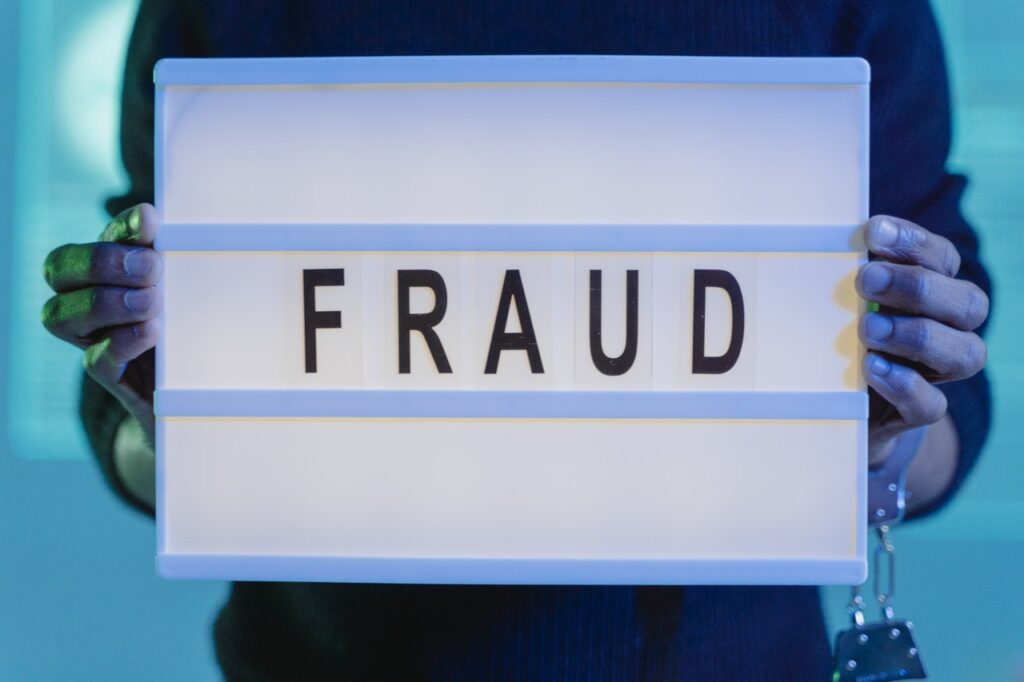
Unfortunately, natural disasters represent a prime time for fraudsters to strike – with their multitude of schemes and scams – and during the period when people are likely most vulnerable. During these times, most people aren’t thinking about fraud. Government agencies aren’t either. Their primary focus is onhelping people, as opposed to stopping fraudsters from fleecing unsuspecting people who are grasping for their belongings, their homes, and their safety.
The federal government has projected that COVID-19 fraud has the potential to be the most significant fraud in the United States. This is due to the length of time the pandemic has plagued the country, as well as the non-stop flurry of accurate, inaccurate and politically motivated news about its dangers and the damaging effects it has had on the economy as a whole. People are scared of the virus and want the best to either prevent it, deter it, and/or recover from it should they contract it. This presents fraudsters with the opportunity to act in ways which benefit them – and subject citizens to having their monies taken.
The fraud schemes during this COVID-19 environment include, but are certainly not limited to:
- Phishing and malware schemes. Malicious software and fraudulent communications meant to gain data, damage devices, and induce people to provide financial data, credentials, and log-in information.
- Spoofing schemes. Those which are designed to appear as being generated from legitimate sources but, in fact, are criminal in nature.
- Fake COVID-19 apps. These can be used to infiltrate individuals’ information and then demand a “ransom” to be paid in bitcoins, or else all personal information will be released on the Internet.
- Product scams. These include products which do nothing to contain, deter, prevent or cure the virus; but are, instead, fake products, unsafe products, damaged goods, or even counterfeit goods (e.g. personal protection equipment, hand sanitizer, masks, latex gloves, cures for the virus).
- Medical supply scams. Similar to product scams but include ventilators, masks, gowns, related medical supplies and hospital-associated supplies.
- Business email fraud. Fraudsters attempting to gain employee data (e.g. social security numbers, addresses, full names, phone numbers and other identifiable data) which can be sold or used to garner payments and compromise or misdirect transfers of monies.
- Investment fraud. The pumping and dumping of penny stocks for companies that have “found the cure” for the coronavirus. With these types of scams, there are promises of great returns on investments in gold, silver, and other precious metals and cryptocurrencies.
- Charity scams designed to make people believe they are legitimate, and that the donations will be used for the stated purpose. In reality, they are nothing more than shell companies designed to take your money.
- Testing scams designed to report positive tests, as well as sell fake or counterfeit goods,to raise revenue from the billing to insurance companies.
- Cures for the virus. These are being sold as fast as people can make them up.The most recent was a cure using Clorox, which was touted and sold on Amazon as the greatest cure ever.
To date, COVID-19 fraud has cost Americans approximately $200,000,000, while over $30B in stimulus funds have been distributed. These numbers are reported by the FTC and the U.S. Secret Service. Unfortunately, there is no end in sight, and projections reflect no meaningful change for at least another 12 months.
By Robert Church
Keywords: COVID19

 Glimpses of Agentic Intelligence: Gemini-3-Flash Navigating Mock ARC-AGI-3 Grid Worlds
Glimpses of Agentic Intelligence: Gemini-3-Flash Navigating Mock ARC-AGI-3 Grid Worlds Leadership Vacancies are Predictable. The Costs of Being Unprepared.
Leadership Vacancies are Predictable. The Costs of Being Unprepared. The Power of Self-Love: Insights from Karl Taft and Zen Benefiel
The Power of Self-Love: Insights from Karl Taft and Zen Benefiel Every Role Is a Sustainability Role
Every Role Is a Sustainability Role The Corix Partners Friday Reading List - December 26, 2025
The Corix Partners Friday Reading List - December 26, 2025